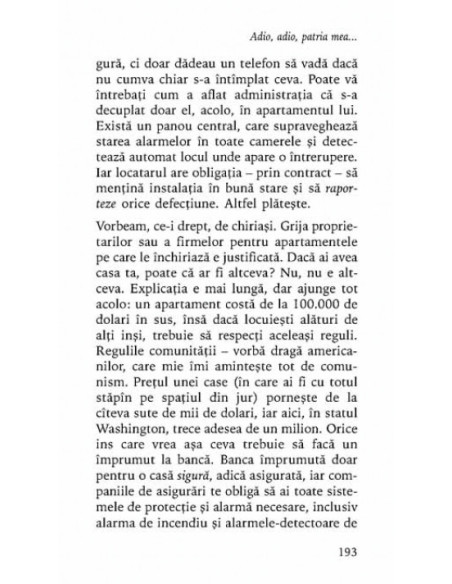
We are aiming to explore the " manele " phenomenon as a twofold process – first, as the reflection of a social reality and secondly, as a political statement. To this day, most relevant research on the subject remains that of Stoichiţă and La Bretèque (2012), Haliliuc (2014) and the forthcoming edited volume on the issue done by Bessinger, Rădulescu and Giurchescu. In this context, the subculture associated with the " manele " music is still uncharted territory, very few researchers showing any interest towards the phenomenon.

Both of these views appeared as a reaction to the way in which the " manele " genre became a mass phenomenon, proving to be one of the most or perhaps the most consumed music in Romania. Generally, it was perceived in a twofold manner – either as a musical genre suited for lower classes parties and social events or, from a political standpoint, was heavily criticized for two main reasons, both of them ideological: first as a music of the uneducated, poor lower strata of Romanian society (a right-wing conservator-elitist view) and secondly, as the ethnic cultural artifact of the Roma minority, which taints the Romanian popular musical culture (a purist-racist view). As a presence in Romanian society, the oriental music generally known by the denomination of " manele " has produced a wide discussion, at least in terms of popular culture and media.


 0 kommentar(er)
0 kommentar(er)
